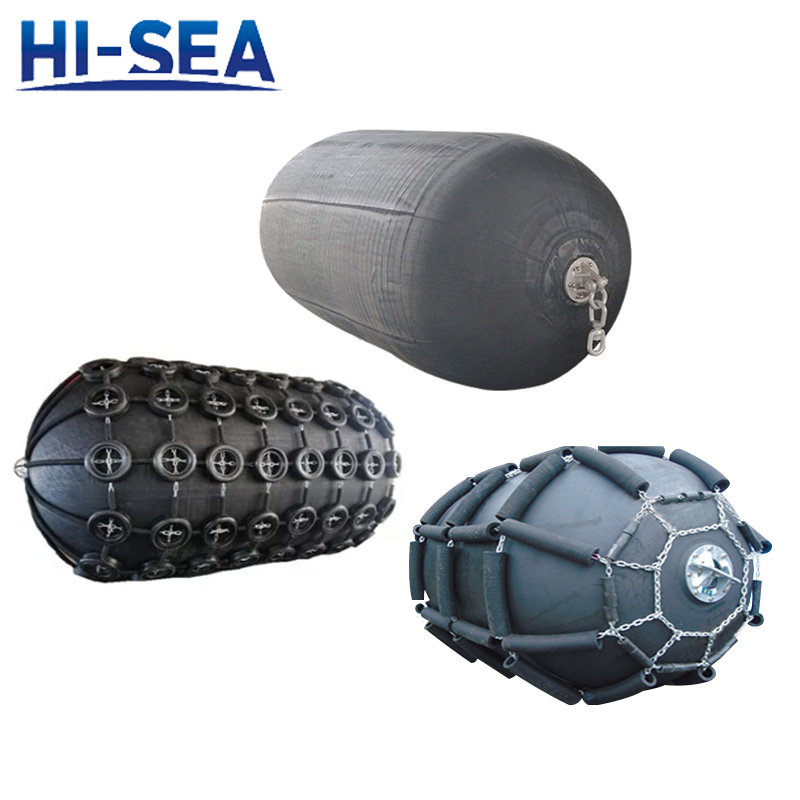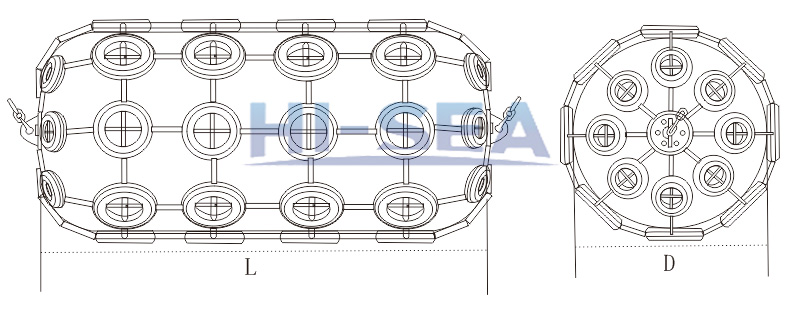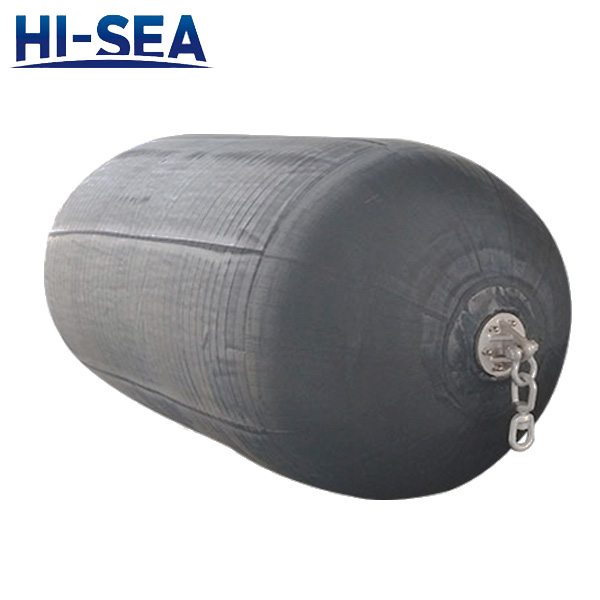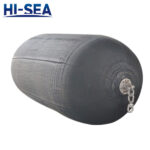
In recent years, Yokohama fenders have been more and more popular all over the world. Yokohama fenders, also called pneumatic fenders, have solved the problem of fender requirement for docks with large tidal variations. They can float on the water. No matter on what sea level, they can stay at the right place for vessels’ berthing.
Yokohama fenders are filled with air or hydrogen when working. They can also be deflated when they are packed for delivery. This can save a lot of space and money for delivery. To protect the fender body, the Yokohama fenders can also add an extra protection layer. This can effectively prolong the lifespan of the fenders.
Usually, the Yokohama fenders have to endure large compression, so that the high-quality materials are needed. We produce the Yokohama fenders with reinforced rubber materials, which are strong and robust.
On both ends of Yokohama fenders, there are towing rings. This can help the fenders to connect with chains. As a flexible installation method, the chains can not only ensure the flexibility of the fenders but also can keep the fenders in the right place.
Yokohama Fenders Drawing and Dimensions:

| Fender size
D×L
(Mm)
|
Initial pressure 0.5kg/cm2 |
Initial pressure 0.8kg/cm2 |
weight |
| Guaranteed energy absorption (GEA)
[kNm] |
Reaction force at GEA deflection
[kN] |
Hull pressure at GEA deflection
[kN/m2] |
Guaranteed energy absorption (GEA)
[kNm] |
Reaction force at GEA deflection
[kN] |
Hull pressure at GEA deflection
[kN/m2] |
Fender body
[kg] |
Kette & tire net
[kg] |
Total
[kg] |
| 700×1500 |
17 |
137 |
135 |
24 |
180 |
177 |
45 |
100 |
145 |
Funktionen:
- Low reaction force and reasonable reaction force even under excess load conditions
- Easy and fast to deploy
- Low hull pressure
- Suitable for inclined berthing
- Suitable for small and large tidal ranges









